The New York tech conference and expo will highlight some of the hottest supply chain buzzwords of 2017, finds Relex Solutions.
Let me give you a couple of supply chain buzzwords for 2017: ‘Amazon’ and ‘customer-centricity’.
Neither should be a huge surprise.
Amazon has been the retail and supply chain story of 2016 but also for much of the previous decade.
It has been growing almost exponentially with its revenue curve steepening sharply from the middle of the last decade so that in 2015 it turned over some $107bn (£87.76bn).

As the technology giant grows, it’s changing retail and doing so in large measure by fundamentally shifting consumer expectations onto territory where it’s the only one capable of fulfilling them. And it’s creating that territory itself.
For instance, Amazon’s drone delivery experiment, or Amazon Go – checkout-less shopping where customers check-in with their phones and cameras, and RFID systems track what they take away so they’re automatically billed. And there will be more innovations, lots of them. Some of which will stick.
It all begs the question – how can other businesses compete?
And compete they have to because, although Amazon hasn’t been generating mega profits, it has been stealing market share and piling on share value, while traditional retailers, especially in North America, have been struggling.
Competing with Amazon
That leads me to my next supply chain buzzword of 2017 – customer-centricity. This is sure to be a major topic of conversation at this year’s NRF.
If Amazon has built a particular sort of customer experience, and if its investment in technology and infrastructure has made it hard to compete on its territory, then other retailers need to stake out turf on which Amazon can’t easily compete and fight it there.
Amazon, as a corporation, may be all about deferred gratification but its offering isn’t.
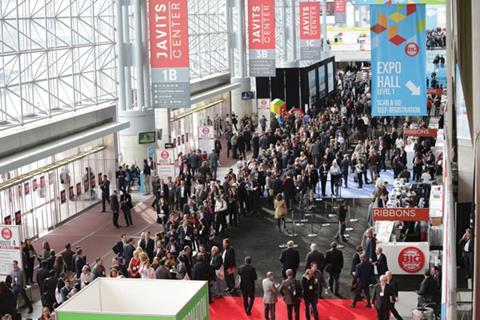
Quite the opposite. It’s about instant gratification through availability, fulfilment and price. But there is one key consideration – Amazon is not personal.
Retailers looking to offer what Amazon does not, should therefore look to personalisation, which is another way of saying ‘customer-centric’.
This can come in many forms. It can mean tailoring assortment, store layout and presentation to the tastes and needs of the customers that use a particular store.
It can mean stocking products that no one else offers. It can mean having staff on hand to help, suggest, smile, to recognise customers, remember their names and, in short, care.
Technology can’t care for you, but it can help you do so. It can give you an acute ear to listen to your customers; studying their shopping habits through data and breaking it down day by day, store by store so you know what to stock and when.
“Customer-centricity is sure to be a major topic of conversation at this year’s NRF”
It can automate replenishment, space and assortment management so your people have more time to spend shaping the customer experience.
Your buying team will be able to spend far less time on routine reordering and far more on forging relationships with suppliers and seeking out new products that will really please your clientele.
Your store staff will spend less time on ordering and stacking shelves and far more time talking to and helping customers.
Yes, you’ll need to compete on availability and quality, but technology makes that far, far easier. You can do the rest.
Did anyone ever have an Amazon experience where they felt cared for? Special? Loved?
That’s your territory. Stake it out. The battle can be won.
Meanwhile, for those of you visiting NRF’s Retail’s Big Show don’t forget to come and see us at Booth 830 – Level 1.
























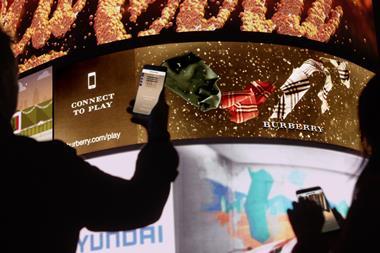
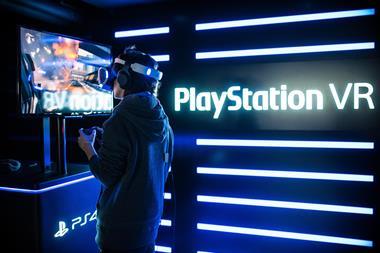
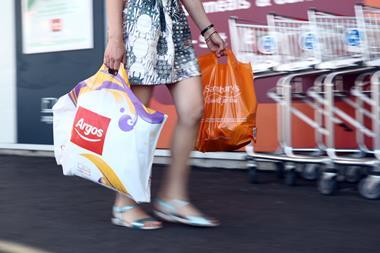
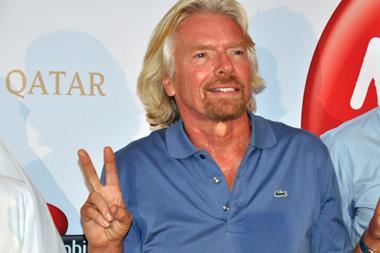

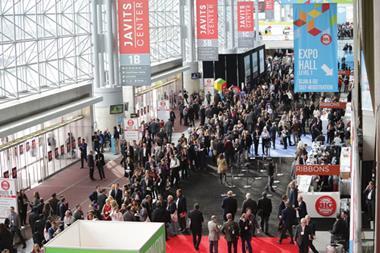
No comments yet